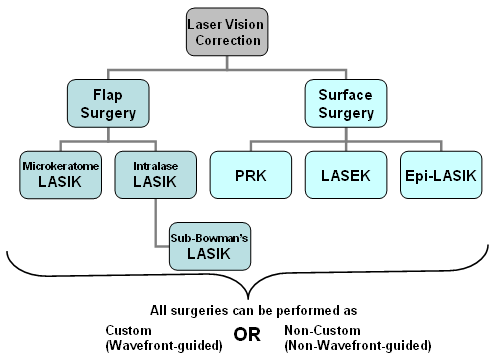The Growth Of Modern Cataract Surgery Techniques: A Thorough Exam
The Growth Of Modern Cataract Surgery Techniques: A Thorough Exam
Blog Article
Content Writer-Mendoza Whitfield
As you explore the development of innovative cataract surgery techniques, you'll witness a journey marked by resourcefulness and precision. From ancient approaches that led the way for modern-day developments to advanced innovations that are transforming the field, the comprehensive review of cataract surgery techniques is a testament to human progress and commitment to improving client outcomes. The complex interaction in between historic strategies and advanced improvements produces an appealing narrative that clarifies the development of one of one of the most usual surgical procedures worldwide.
Historical Techniques and Advancements
Check out just how early doctors revolutionized cataract therapy by utilizing cutting-edge techniques and tools. In the past, cataract surgical procedure was a high-risk and uncomfortable procedure. However, ancient Indian physicians were amongst the very first to try medical interventions for cataracts, using a strategy called 'formulating' where a sharp instrument was used to push the cataract back into the eye. This approach, though crude by today's requirements, prepared for future innovations in cataract surgical procedure.
As time proceeded, Arab medical professionals made considerable payments by developing specialized needles for cataract removal. These needles were used to puncture the cataract and afterwards extract it from the eye, marking a considerable renovation in surgical precision.
Later, in the 18th century, the French cosmetic surgeon Jacques Daviel spearheaded the strategy of extracapsular cataract extraction, where the whole lens was gotten rid of undamaged via a bigger cut. This noted a major improvement in cataract surgery strategies, paving the way for the modern-day procedures we use today.
Modern Surgical Approaches
Early methods in cataract surgical treatment have progressed dramatically, bring about the advancement of modern-day surgical approaches that focus on accuracy and enhanced person end results. Modern cataract surgical procedure currently typically involves a procedure called phacoemulsification, where an ultrasonic tool separate the cataract for removal with a small laceration. This strategy allows for quicker healing and reduces the danger of issues contrasted to older approaches.
Additionally, using innovative intraocular lenses (IOLs) has reinvented cataract surgical treatment results. Lasic Eye Surgery can remedy not just the cataract yet likewise various other refractive errors like astigmatism, decreasing the demand for glasses post-surgery.
Surgeons today also have accessibility to advanced imaging innovations that help in precise preoperative preparation and intraoperative decision-making. Optical comprehensibility tomography (OCT) and other imaging techniques provide detailed pictures of the eye's structures, permitting a more personalized method to every patient's surgical procedure. With these improvements, modern cataract surgical procedure strategies continue to enhance, providing clients more secure treatments and far better aesthetic results.
Arising Technologies in Cataract Surgical Treatment
With improvements in technology revolutionizing the field, cataract surgical treatment is observing the integration of innovative methods for improved person end results. Arising innovations in cataract surgical procedure are reshaping the landscape of ocular procedures. One such advancement is femtosecond laser innovation, which enables precise corneal incisions, capsulotomies, and lens fragmentation, bring about enhanced surgical accuracy and results.
Additionally, intraoperative aberrometry is getting appeal, allowing real-time dimensions of refractive mistakes during surgical procedure to boost intraocular lens power calculations and decrease postoperative refractive surprises.
In addition, making use of sophisticated imaging innovations like optical coherence tomography (OCT) and intraoperative wavefront aberrometry help doctors in specific medical planning and implementation. visit site give comprehensive physiological details and assistance tailor surgical methods for every person's special eye characteristics.
Additionally, read on in expert system are being discovered to assist in preoperative preparation, intraoperative decision-making, and postoperative treatment, possibly enhancing surgical results and client fulfillment. Accepting these emerging technologies in cataract surgical procedure holds assurance for additional improving patient results and ensuring the continued evolution of sensory medical methods.
Final thought
As you journey with the background of cataract surgical treatment, you witness the makeover from ancient practices to advanced innovations. Like a phoenix increasing from the ashes, cataract surgical procedure has actually developed into a sign of hope and advancement.
Equally as a caterpillar arises from its cocoon as a stunning butterfly, cataract surgical procedure has blossomed into a polished art kind, offering clients clearer vision and a brighter future.
The evolution proceeds, radiating a light on countless possibilities.
